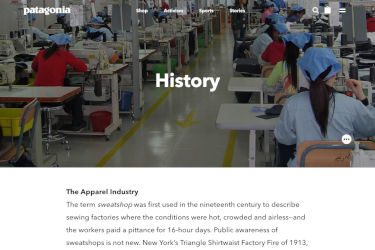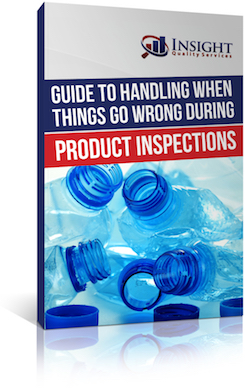Since the 1990s, a large percentage of global manufacturing has moved to developing economies, helping companies in the already developed world accomplish their goal of reducing production costs.
However, since that time, many companies have faced issues with their suppliers stemming from the working conditions at factories. A particularly egregious example of unsafe working conditions — the collapse of the Rana Plaza garment factory in Bangladesh in 2013 — comes to mind.

Rana Plaza building collapse (Wikimedia Commons)
These are generally based on internationally accepted standards, such as the SA8000 standard.
However, some organizations have criticized these standards and the resulting audits as a weak attempt by brands to keep up with appearances and make it look as if they are doing something about social responsibility when, in reality, they aren’t.
Is there any truth to this?
Are social audits merely an exercise in smoke and mirrors used by brands to trick consumers into believing they are socially responsible? Can these audits help importers who are truly concerned about maintaining a socially responsible supply chain accomplish their goals?
Let’s discuss these issues.
Smoke and Mirrors or a Useful Tool for Socially Conscious Brands?
There is a common misconception among importers that if you want to be socially responsible, conducting periodic social audits will rid your supply chain of labor issues.
It is important to understand that, in reality, these audits are just a tool, no more than a cog in a larger wheel. The driving factors in social responsibility will be a company’s overall ethos, culture, and code of conduct.

Conducting a factory audit is like taking a snapshot of a specific moment in time
With that in mind, it is important to consider two things:
- Why you are taking the snapshot, and
- How are you framing it?
Conducting social audits won’t fix societal issues or manufacturing issues. It will only give you feedback on the specific information you are asking for.
For example, if an audit doesn’t specifically require the auditor to look for blocked or locked exit doors at the factory, the auditor is not necessarily going to look for them, and this will be reflected in the audit report.
Since every check needs to be specified, companies doing minimal audits that don’t dig deep enough should realize that their results will only be as good as their audit criteria.
So what is the key to having good audit criteria?
Setting Your Brand Up for Success With Social Accountability
The most important key to having good auditing criteria is that it should be in line with your overall goals as an organization and your company culture.
Audits on their own are not enough, and if you want to ensure social accountability, it needs to truly be a part of your company’s ethos. If it isn’t, and you are conducting social audits just to check a box, you might just be wasting your time and resources.
Patagonia is an example of a company that has social responsibility as part of its ethos. According to their website:

Patagonia’s CSR (Corporate & Social Responsibility) History page
Social responsibility is not just something they are doing to avoid bad press, it is a part of their culture and overall strategy as a business.
So, you have to decide how important social responsibility is to you, and if it is important, periodic social audits can be a tool to help you vet suppliers and periodically check in on them.
By auditing the same facilities year over year with well-defined criteria, you can see whether or not they are making improvements in the areas that matter to you.
If social responsibility is not actually a part of your company culture, then perhaps it is best to focus your resources elsewhere or conduct audits that are more in line with your company’s values. Creating a false veneer of social responsibility could come back to bite you much harder if your company ends up in the news for labor violations.
So, craft your code of conduct in such a way that it truly reflects the ideals of your company and think about audits as a tool to support you in your aims.
Conclusion:
Some organizations have criticized companies for using social accountability audits as a hollow attempt at tricking consumers into thinking they are socially conscious. However, these audits can be very useful if they are conducted in support of a greater effort that aligns with your company’s culture and values.
An audit will only give you what you ask for, so when considering any type of audit, think about what is most important to you in a supplier.
This will help guide the audit criteria and make for a more successful audit.
For brands that are truly striving for some level of social responsibility, consider social audits as a tool in your toolkit. But for brands that aren’t intensely focused on corporate social responsibility, keep in mind that these audits are not for everyone and that a different type of audit — one that is fully in line with your company’s principles — may be more appropriate for your situation.
Free Guide: What to do When Things Go Wrong
When a quality problem happens – and they will – how you approach the problem makes all the differences in successfully squelching it.
Learn how to deal with the problem at hand, see potential quality gaps throughout your supply chain, and take proactive measures to avoid future problems.





0 Comments